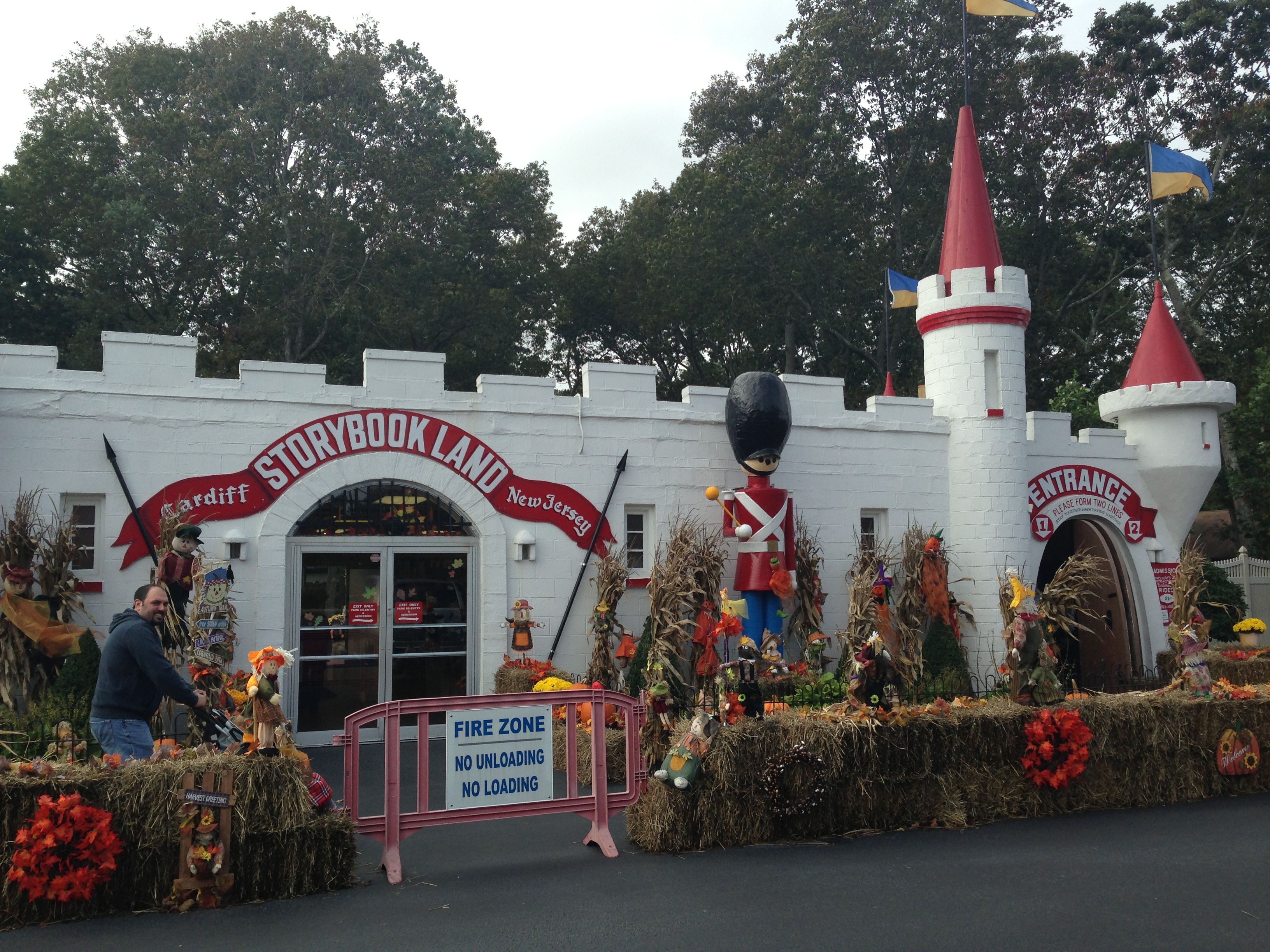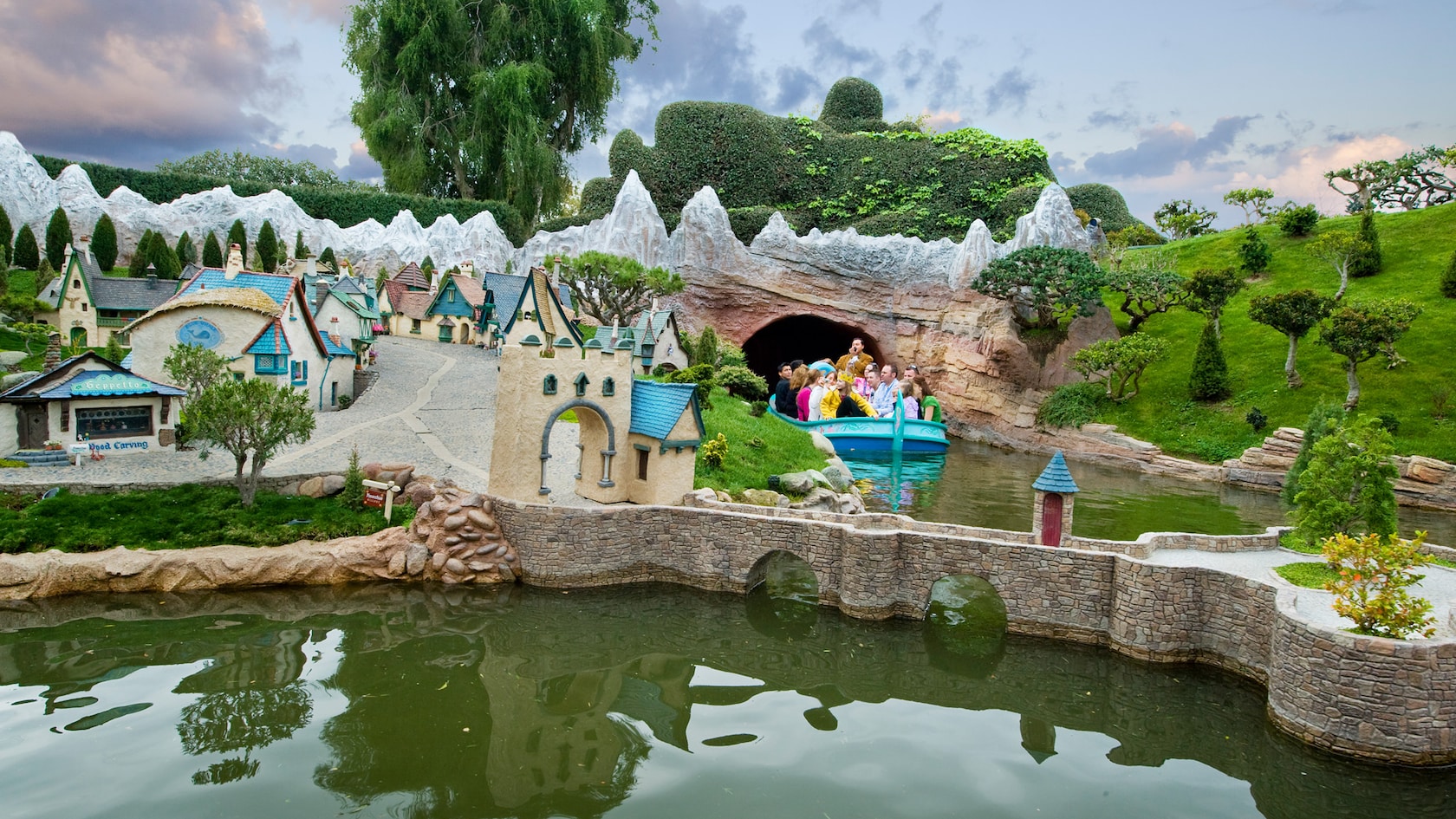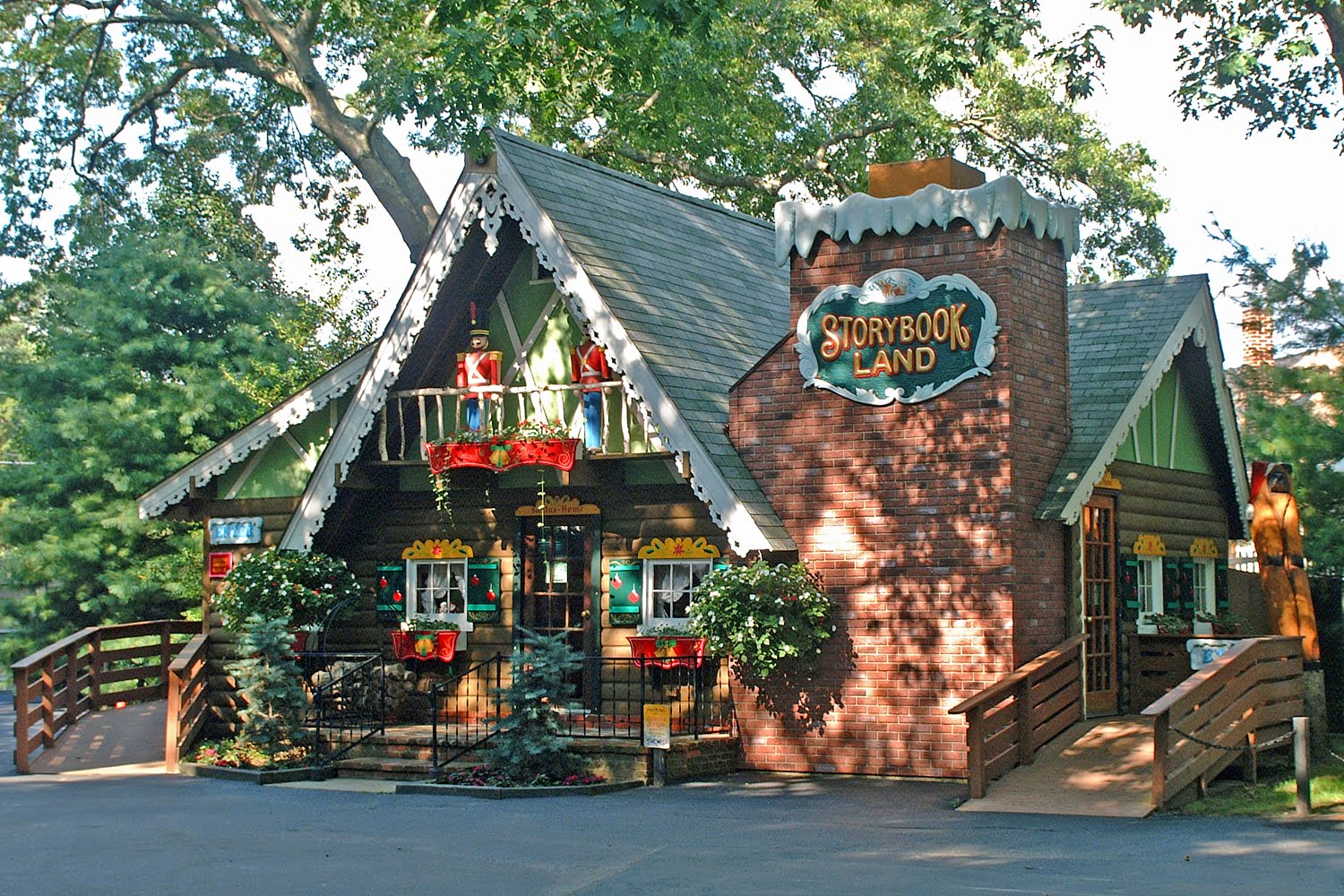Welcome to the enchanting realm of Storybook Land, where the pages of beloved tales unfold before your very eyes. Immerse yourself in a world where creativity and imagination soar, and the characters and landscapes of your childhood dreams come to life.
As we delve into the magical tapestry of Storybook Land, we’ll explore its literary significance, cultural influence, and psychological and educational value. Prepare to be transported into a world where design and aesthetics intertwine to create immersive experiences that will ignite your imagination and leave an everlasting mark on your soul.
Definition of Storybook Land

Storybook Land is a fictional world inspired by classic children’s literature and fairy tales. It is a realm of magic, wonder, and adventure where beloved characters and settings come to life.
Examples of popular storybook lands include:
- Wonderland from “Alice’s Adventures in Wonderland”
- Neverland from “Peter Pan”
- Oz from “The Wizard of Oz”
- Narnia from “The Chronicles of Narnia”
- Hogwarts from the “Harry Potter” series
Storybook lands are often characterized by their whimsical architecture, colorful landscapes, and enchanting creatures. They may feature talking animals, magical objects, and wise old mentors who guide the protagonists on their journeys.
Literary Significance of Storybook Lands

Storybook lands are fictional realms that often serve as settings for children’s literature. They are characterized by their fantastical elements, such as talking animals, magical creatures, and extraordinary events.
These lands play a significant role in literature, as they allow authors to explore themes and messages in a unique and engaging way. By creating a world that is separate from the real world, authors can create a space where anything is possible and where the imagination can run wild.
Examples of Storybook Lands
- Neverland from J.M. Barrie’s Peter Pan
- The Hundred Acre Wood from A.A. Milne’s Winnie-the-Pooh
- Oz from L. Frank Baum’s The Wonderful Wizard of Oz
- Narnia from C.S. Lewis’s The Chronicles of Narnia
- Middle-earth from J.R.R. Tolkien’s The Hobbitand The Lord of the Rings
Each of these storybook lands is unique in its own way, but they all share a common feature: they are places where children can go to escape the everyday world and experience adventure, wonder, and magic.
Impact on Readers’ Imaginations
Storybook lands have a profound impact on readers’ imaginations. They allow children to explore their own creativity and to develop their own sense of wonder. By reading about these fantastical realms, children can learn to believe in the impossible and to see the world in a new way.
Cultural Influence of Storybook Lands
Storybook lands have had a profound impact on popular culture, shaping our collective imagination and influencing a wide range of entertainment forms.From the fantastical realms of Middle-earth to the whimsical worlds of Oz and Narnia, storybook lands have provided inspiration and served as settings for countless movies, television shows, and other forms of entertainment.
These immersive environments have captivated audiences of all ages, transporting them to realms of magic, adventure, and imagination.
Influence on Movies and Television, Storybook land
Storybook lands have been a major source of inspiration for filmmakers and television producers. The enduring popularity of franchises like “The Lord of the Rings” and “Harry Potter” is a testament to the enduring appeal of these fantastical worlds. These adaptations have brought the characters, settings, and themes of beloved books to life on screen, allowing audiences to experience these stories in a new and immersive way.
Influence on Other Forms of Entertainment
The influence of storybook lands extends beyond movies and television. They have also inspired video games, theme park attractions, and countless other forms of entertainment. For example, the popular video game series “The Legend of Zelda” is heavily influenced by the fantasy worlds of Tolkien and other classic authors.
Similarly, theme parks like Disneyland and Universal Studios feature attractions based on iconic storybook lands, allowing visitors to step into the worlds of their favorite stories.
Shaping Our Collective Imagination
Storybook lands have played a significant role in shaping our collective imagination. The characters, settings, and themes of these fantastical worlds have become deeply embedded in our cultural consciousness. They have influenced our ideas about good and evil, the power of friendship, and the importance of perseverance.
By providing us with a shared mythology, storybook lands have helped to create a sense of community and belonging.
Psychological and Educational Value of Storybook Lands
Immersion in storybook lands offers profound psychological benefits. These immersive environments foster a sense of escapism, allowing individuals to temporarily retreat from the complexities of daily life and enter a realm of fantasy and imagination. This escapism can provide respite from stress, anxiety, and other mental health concerns.
Moreover, storybook lands stimulate creativity and imagination. By interacting with whimsical characters, exploring enchanting landscapes, and engaging in imaginative play, individuals can expand their creative boundaries and develop their capacity for divergent thinking. This enhanced creativity can translate into various aspects of life, such as problem-solving, artistic expression, and storytelling.
Empathy and Social Development
Storybook lands also play a crucial role in promoting empathy and social development. Through exposure to diverse characters with unique perspectives and experiences, individuals can develop a greater understanding of others’ emotions and motivations. This enhanced empathy fosters compassion, tolerance, and a sense of community.
Educational Applications
Recognizing the psychological and developmental benefits of storybook lands, educators have incorporated them into educational settings. By creating immersive storybook environments in classrooms and libraries, teachers can engage students in interactive learning experiences that foster language development, literacy skills, and problem-solving abilities.
For example, in early childhood education, storybook lands provide a safe and stimulating environment for children to develop their imaginations, language skills, and social-emotional competencies. Through storytelling, role-playing, and imaginative play, children can explore different perspectives, develop their empathy, and learn valuable life lessons.
In elementary and secondary education, storybook lands can be used to teach a variety of subjects, including history, geography, science, and social studies. By immersing students in authentic historical settings, exploring different cultures, or simulating scientific phenomena, storybook lands can make learning more engaging and memorable.
Design and Aesthetics of Storybook Lands
Storybook lands are meticulously designed to immerse visitors in a realm of imagination and enchantment. The design elements employed in these enchanting worlds contribute significantly to the overall experience, evoking a sense of wonder and escapism.
Color plays a pivotal role in shaping the ambiance of storybook lands. Vibrant hues and saturated tones create a sense of heightened reality, transporting visitors into a world where the ordinary becomes extraordinary. Pastel shades evoke a sense of tranquility and innocence, while bold and contrasting colors add drama and excitement.
Texture
Texture adds depth and dimension to storybook lands. Rough and weathered surfaces convey a sense of age and authenticity, while smooth and polished surfaces evoke a sense of elegance and refinement. The juxtaposition of different textures creates visual interest and enhances the overall sensory experience.
Scale
Scale is a powerful design tool used to create a sense of wonder and awe in storybook lands. Exaggerated proportions and oversized structures evoke a childlike sense of playfulness, while diminutive features and hidden nooks foster a sense of discovery and exploration.
Design Principles
The principles of design, such as balance, harmony, and contrast, are carefully applied in storybook lands. Balanced compositions create a sense of stability and order, while harmonious elements evoke a sense of unity and cohesion. Contrasting elements add visual interest and create focal points that draw the eye.
By meticulously orchestrating these design elements, storybook lands create immersive and imaginative environments that transport visitors to a realm where the impossible becomes possible and the ordinary becomes extraordinary.
Immersive Experiences in Storybook Lands

Storybook lands offer a unique opportunity for visitors to immerse themselves in the worlds of their favorite stories. Through the use of technology and interactive elements, these lands transport visitors into the pages of a book, allowing them to experience the magic and wonder of these timeless tales firsthand.
One of the most common ways that storybook lands create immersive experiences is through the use of themed attractions. These attractions, which can range from rides to shows to interactive exhibits, are designed to bring the stories to life and allow visitors to interact with their favorite characters and settings.
For example, at the Magic Kingdom in Walt Disney World, visitors can ride the “It’s a Small World” attraction, which takes them on a journey through a world of singing and dancing dolls from around the globe. At the Universal Studios theme parks, visitors can experience the “Harry Potter and the Forbidden Journey” ride, which takes them on a thrilling adventure through the halls of Hogwarts.
In addition to themed attractions, storybook lands also use technology to create immersive experiences. For example, at the Wizarding World of Harry Potter at Universal Studios Hollywood, visitors can use interactive wands to cast spells and interact with the environment.
At the Pandora – The World of Avatar attraction at Disney’s Animal Kingdom, visitors can use bioluminescent technology to explore the glowing rainforests of Pandora.
The use of immersive experiences in storybook lands is a powerful way to transport visitors into the world of their favorite stories. By using technology and interactive elements, these lands create a truly magical experience that will leave visitors with lasting memories.
Final Wrap-Up

Storybook Land stands as a testament to the power of storytelling and the boundless realms of human creativity. It is a place where we can escape the mundane and embrace the extraordinary, where the boundaries of reality blur and the wonders of imagination reign supreme.
May this journey into the enchanting realm of Storybook Land inspire you to dream bigger, embrace your imagination, and find joy in the pages of your favorite tales.
Essential FAQs
What is the definition of Storybook Land?
Storybook Land is a fictional world inspired by the settings and characters of beloved children’s stories. It is a place where the boundaries of reality blur, and the wonders of imagination reign supreme.
How does Storybook Land influence popular culture?
Storybook Land has a profound impact on popular culture, inspiring countless movies, television shows, and other forms of entertainment. It shapes our collective imagination and provides a shared cultural touchstone for generations.
What are the psychological benefits of immersing oneself in Storybook Land?
Immersing oneself in Storybook Land offers numerous psychological benefits. It promotes creativity, imagination, and empathy, allowing us to escape the mundane and embrace the extraordinary.